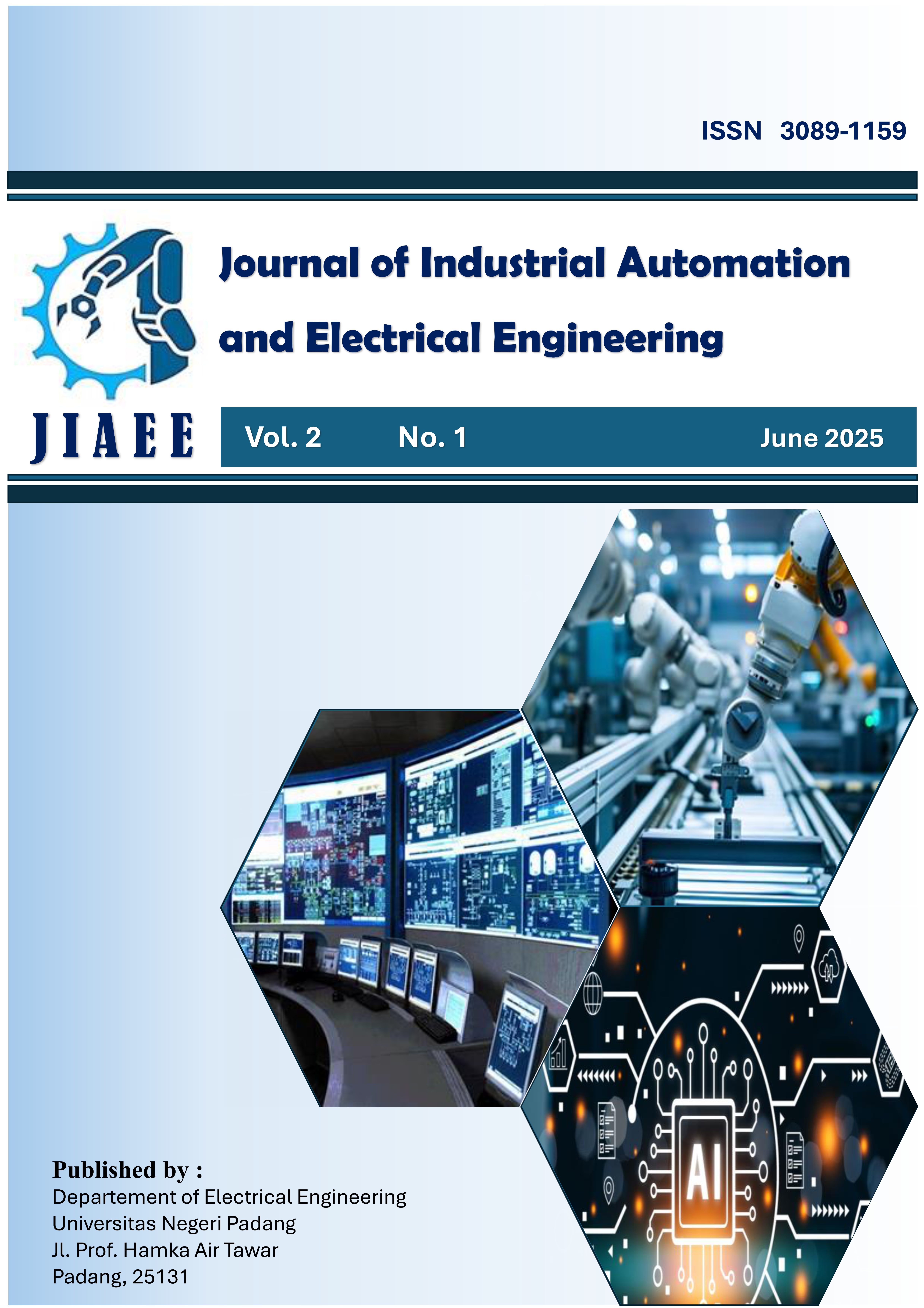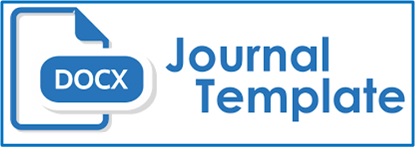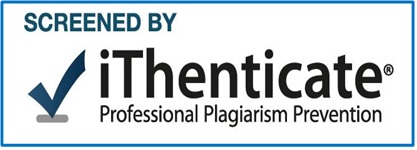IoT-based prototype for water quality monitoring and control
DOI:
https://doi.org/10.24036/24qc3w31Keywords:
monitoring, water quality, internet of thingsAbstract
Clean water quality is an important factor for public health, but the problem of inconsistent PDAM water quality in Sijantang Koto village is still an obstacle. This research aims to design and build a prototype of an Internet of Things (IoT)-based water quality monitoring and control system. The system uses pH sensors and TDS sensors to measure water quality parameters in real-time. The data from the sensors is processed by the ESP32 microcontroller and displayed through LCD and Blynk application for remote monitoring. In addition to the monitoring function, the system is also equipped with an automatic control mechanism using a pump to add purifying agent (PAC) and pH neutralizer (CaCo3) when the water parameters are outside the standard threshold. The results show that the system is able to detect changes in water quality and automatically control water parameters according to the set standards. The implementation of this system is expected to increase public awareness of the quality of water used and provide solutions in a more efficient and modern clean water management.
Downloads
References
[1] R. Eryanto, M. Masril, dan F. Herista, "Analisis kebutuhan air bersih PDAM Kota Sawahlunto," Ensiklopedia Research and Community Service Review, vol. 1, no. 1, pp. 27-37, 2021.
[2] M. Yusri, Y. Maulita, dan H. Sembiring, "Penerapan IoT dalam Monitoring dan Pengendalian Kualitas Air," Repeater: Publikasi Teknik Informatika dan Jaringan, vol. 2, no. 4, pp. 231-242, 2024.
[3] S. B. Mustamin, M. Atnang, dan N. Fajar, "Teknologi Terkini dalam Pemantauan Infrastruktur: Tinjauan Literatur tentang Penerapan IoT dalam Pemantauan Kualitas Air dan Deteksi Retak Permukaan Jalan," Jurnal Teknologi dan Sains Modern, vol. 1, no. 1, pp. 29-35, 2024.
[4] A. E. Wijaya dan R. B. S. Sukarni, "Sistem monitoring kualitas air mineral berbasis IoT (Internet of Things) menggunakan platform Node-RED dan metode SAW (Simple Additive Weighting)," Jurnal Teknologi Informasi dan Komunikasi, vol. 12, no. 2, pp. 96-106, 2019.
[5] H. A. Putra dan A. Rosano, "Implementasi IoT dalam Sistem Monitoring Kualitas Air Menggunakan Platform Blynk dan Google Sheet," INSANtek, vol. 5, no. 1, pp. 15-21, 2024.
[6] Setiawan, D. (2020). Rancang bangun sistem monitoring kualitas air berbasis IoT. Jurnal Teknik Elektro ITB.
[7] Ramadhan, B. (2022). Implementasi sensor IoT untuk monitoring kualitas air sungai. Jurnal Pengembangan Teknologi Informasi dan Ilmu Komputer.
[8] A. A. Wahid, "Analisis metode waterfall untuk pengembangan sistem informasi," J. Ilmu-ilmu Inform. dan Manaj. STMIK, Nov. 2020.
[9] H. Hayatunnufus and D. Alita, “Sistem cerdas pemberi pakan ikan secara otomatis,” J. Teknol. dan Sist. Tertanam, vol. 1, no. 1, pp. 11–16, 2020.
[10] J. R. Fauzi, “Algoritma dan flowchart dalam menyelesaikan suatu masalah,” Jurnal Hukum Progresif, 2023.
[11] N. Ensmenger, “The multiple meanings of a flowchart,” Information & Culture, vol. 51, no.3, pp.321-351, 2016.
[12] G. Mirskihk, “Software design principles and their application in software development life cycle,” Int. J. Softw. Eng., vol. 9, no. 2, 2021.
[13] M. T. Sulistyo, “Sistem pengukuran kadar pH, suhu, dan sensor turbidity pada limbah rumah sakit berbasis Arduino Uno,” Disertasi doktoral, Institut Teknologi Nasional Malang, 2019.
[14] Kementerian Kesehatan Republik Indonesia. (2010). Peraturan Menteri Kesehatan Republik Indonesia nomor 492/MENKES/PER/IV/2010 tentang persyaratan kualitas air minum.
[15] M. H. Ramadhan, G. Dewantoro, and F. D. Setiaji, “Rancang bangun sistem pakar pemantau kualitas air berbasis IoT menggunakan fuzzy classifier,” J. Tek. Elektro, vol. 12, no. 2, pp. 47–56, 2020.







